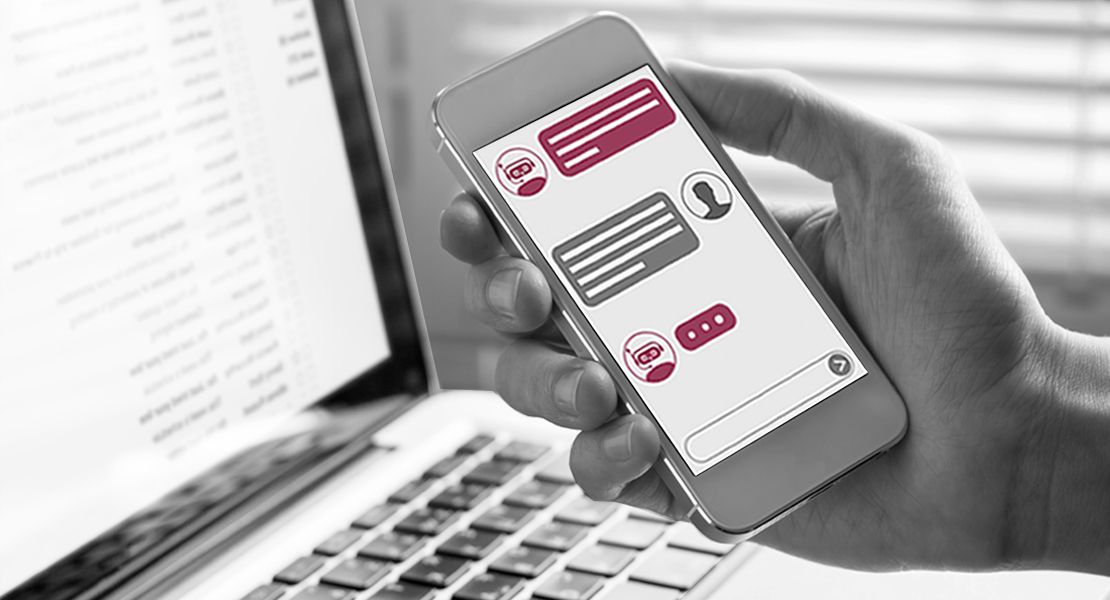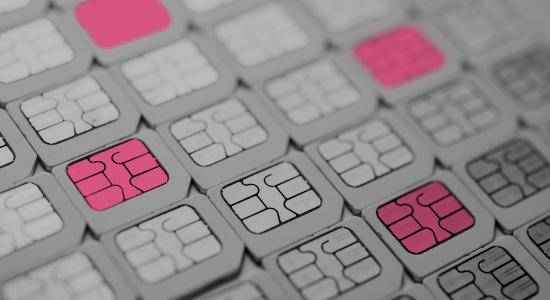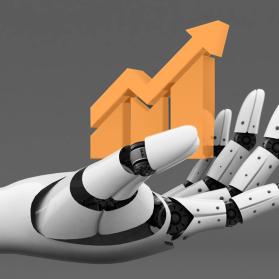Bots are the 1st level assistant in customer service 2030. Detecon Consultant Andreas Penkert asked Gereon Hammel, Vice President Business Development at Deutsche Telekom Service, how the interaction between machine and human will work in customer dialogue.
What will the dialogue with telecommunications providers in 2030 look like from the customer’s point of view?
Gereon Hammel: The first contact for most issues and customer groups will be in digital form, be it through messaging, chat or voice bots, apps, or intelligent, self-service features based on need and offering diagnostics, FAQs, and explanatory videos. This means that customers will solve the vast majority of their service queries themselves without any human interaction. The development towards extensive automation and digitalization is clearly visible even today. In ten years, it will be taken for granted in all areas where customers can help themselves. We can already see how young customers in particular take advantage of these services. If we look at China, we determine that our projections for 2030 are already reality in large parts of the country.

Gereon Hammel
Gereon Hammel is a Vice President and leads business development at Deutsche Telekom Service GmbH. He has had almost 30 years of experience in the areas of governance, marketing, and innovation in the FMCG and telco industries.
What role do digital assistants (“bots”) play?
Bots, the service assistants of the future (especially at the first response level), will accept customer queries, solve the issues immediately, or, if necessary, pass them on to service agents silently and without waiting. The agents will then take charge of the query seamlessly, i.e., they will have all the information showing what the customers have already tried to do themselves and can continue there. All in all, service staff and digital assistants will work side by side on an almost equal footing and will collaborate harmoniously to achieve an excellent customer experience. And although we believe that bots will become smarter and smarter, better and better at providing assistance and will one day become more empathetic, we also believe that our employees can make the difference, especially with particularly complex issues. That‘s why we are currently investing massively in both professionalism and technology.
Is it conceivable that end customers, not only companies, will use bots and have them work for them?
Definitely! This scenario is already being discussed as a very concrete trend. In this sense, we speak of bot-to-bot interaction, i.e., a direct exchange between digital assistants on the company side and bots used by customers, which independently handle requests of various kinds. This development is clearly foreseeable today. Customers are already using chatbots like Amazon Alexa, Apple Siri, etc., to obtain weather forecasts, to calculate the travel time to their workplace, or even book tables at restaurants; my voice assistant connects with the booking system of my favorite restaurant to make the reservation. Even in the future, however, one system will not be able to cover all topics and tasks. Customers will assemble a team of specialized bots, e.g., for mobility, finance, or telecommunications, to handle all their requirements. The bots will be able to communicate with one another so that customers have the feeling that they are interacting with one single bot. The basic customer needs for simplicity and speed must still be realized effectively in the future.
Thank you for the interview!








